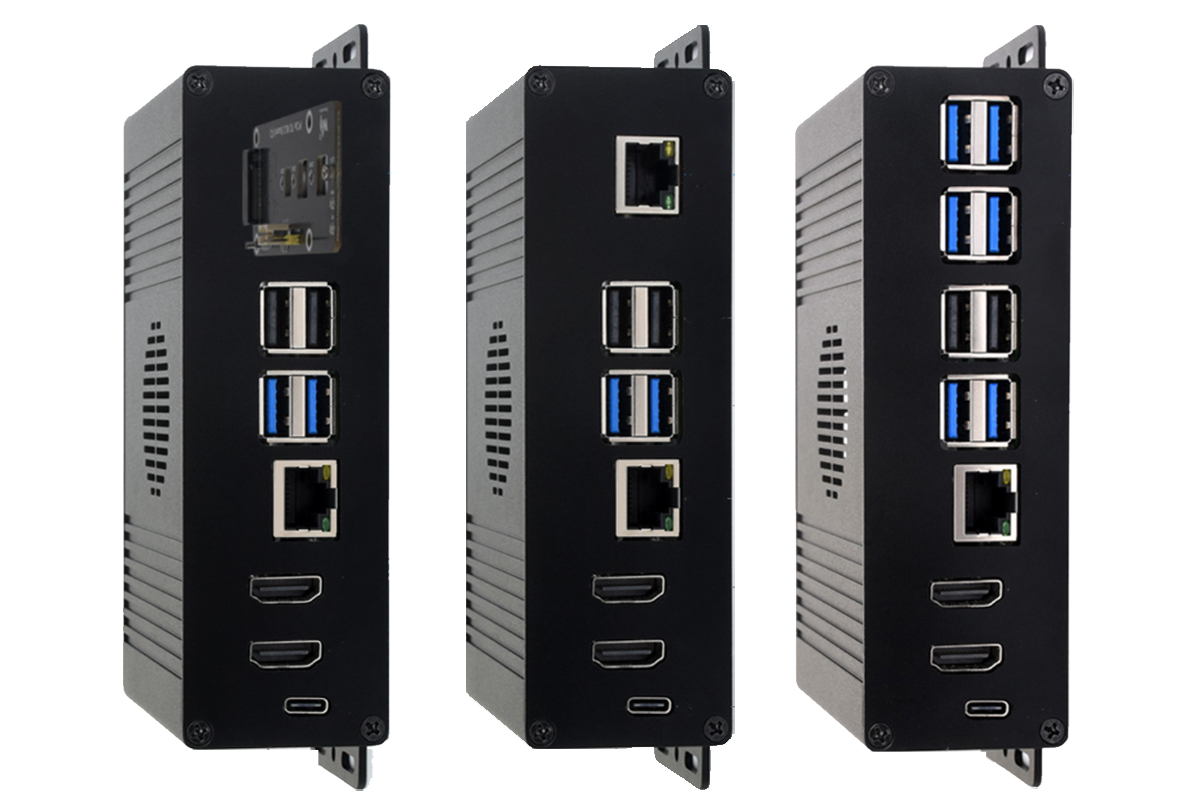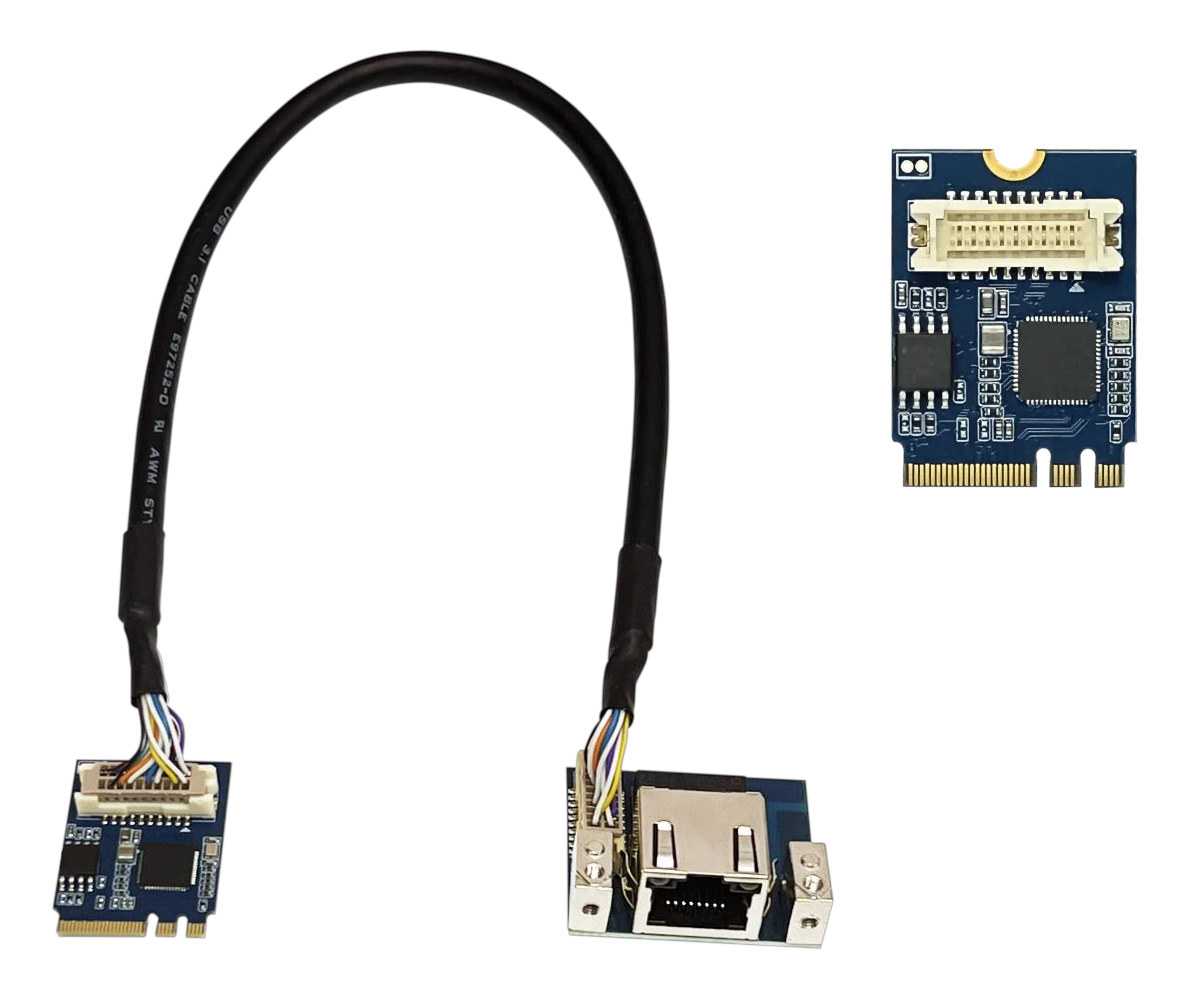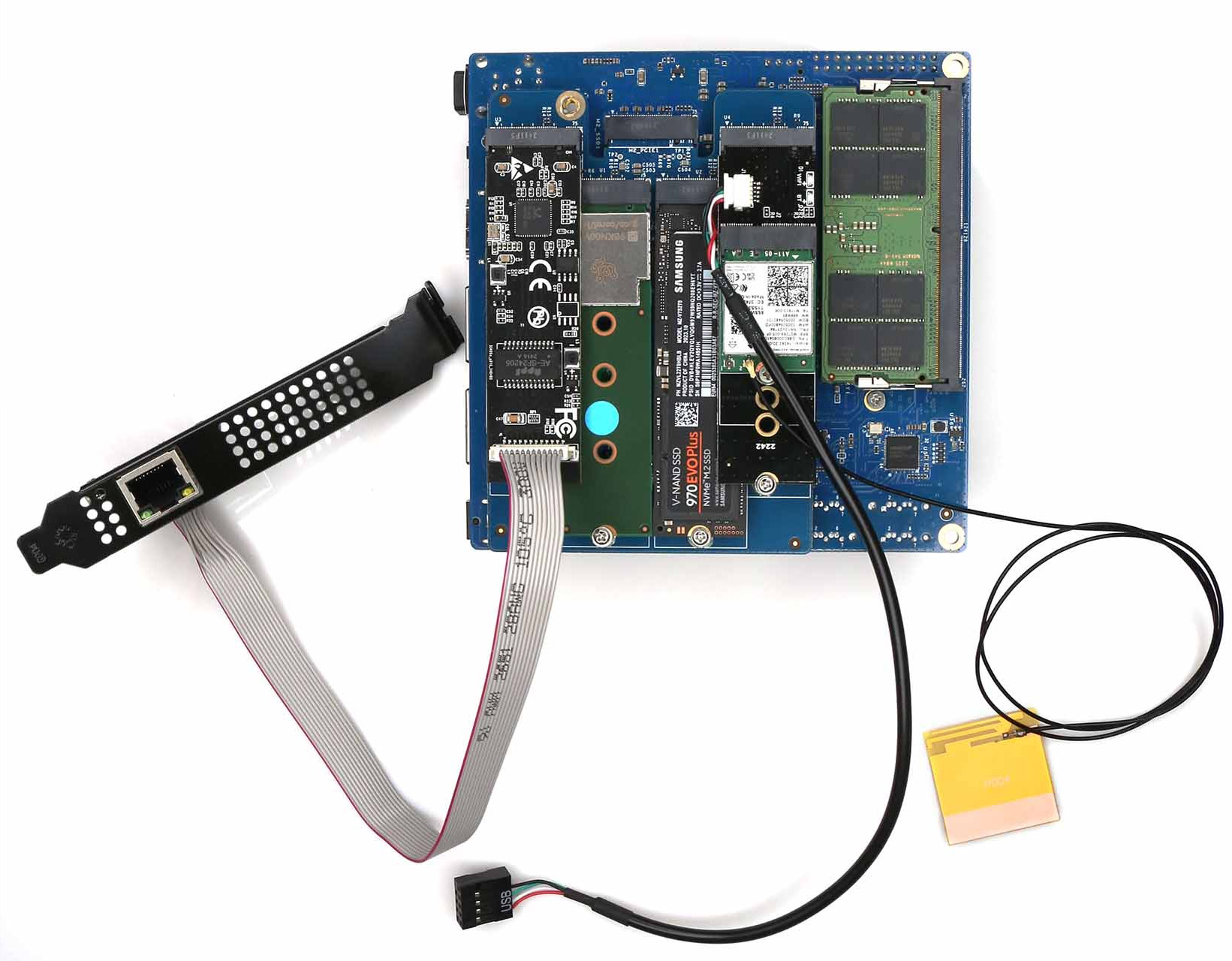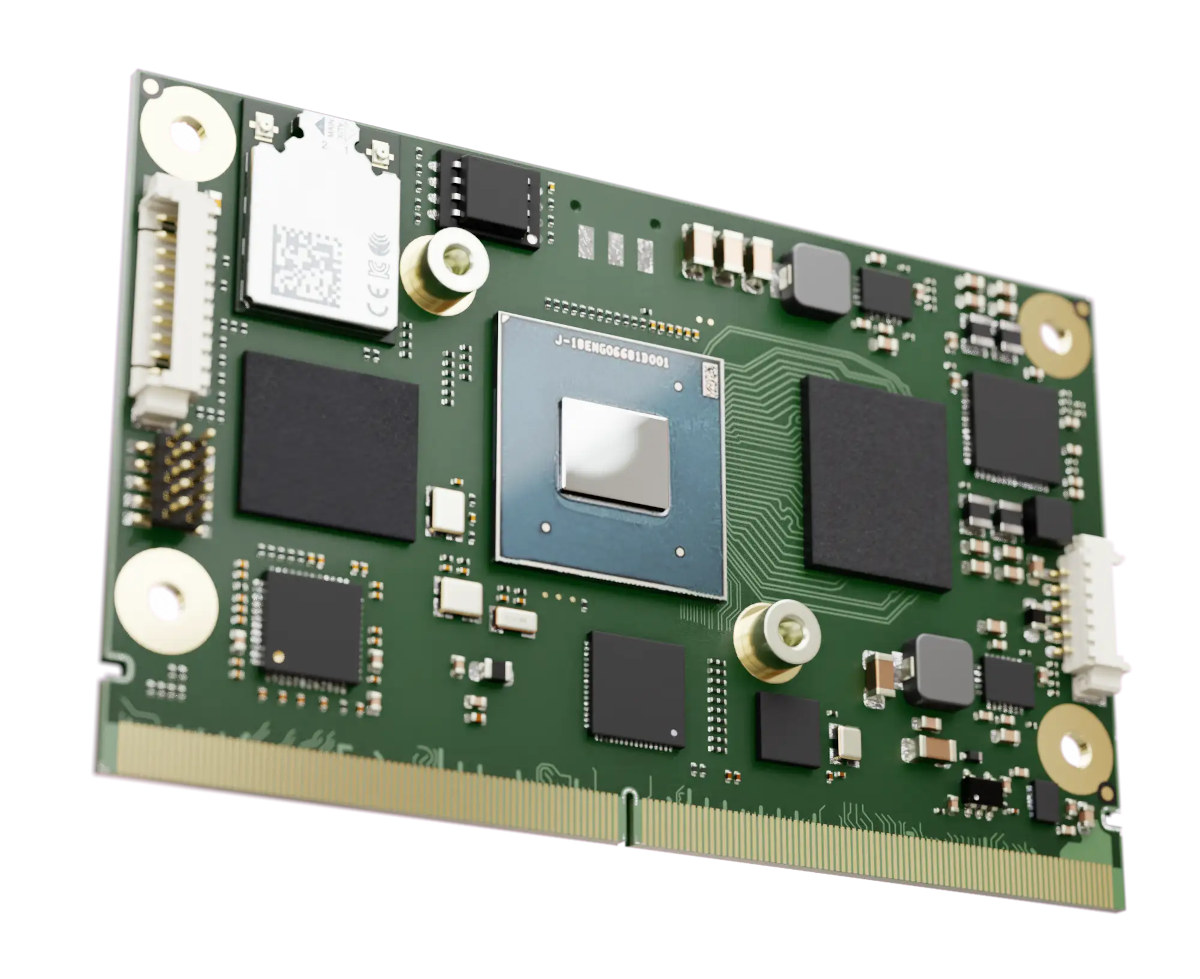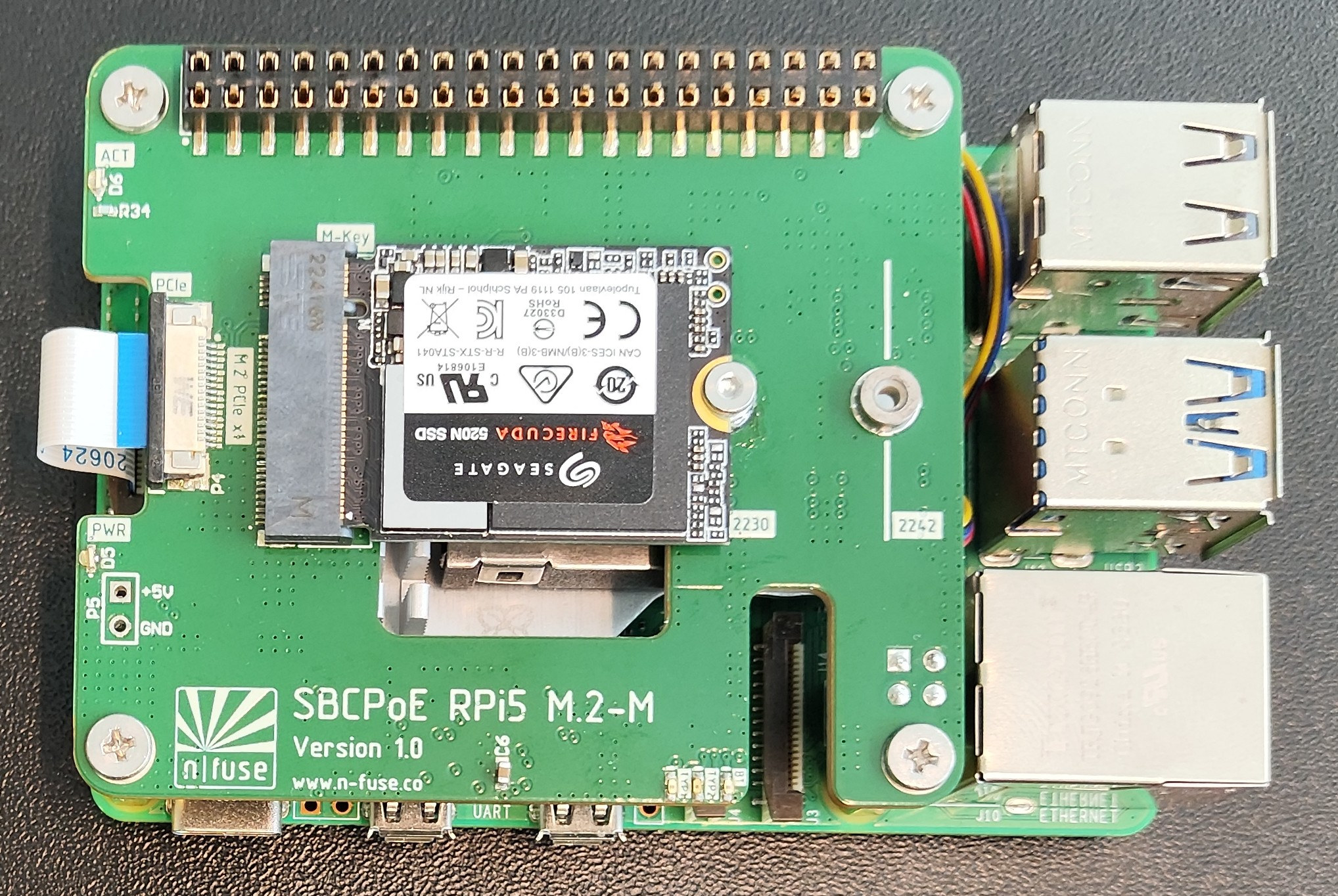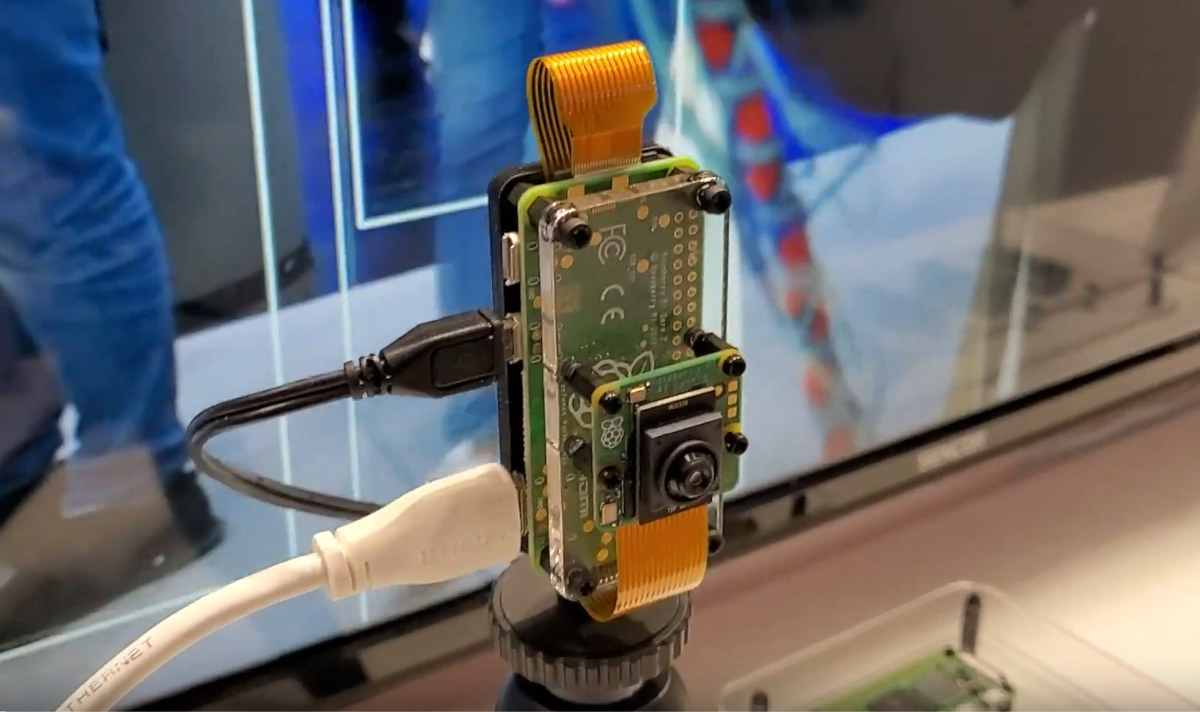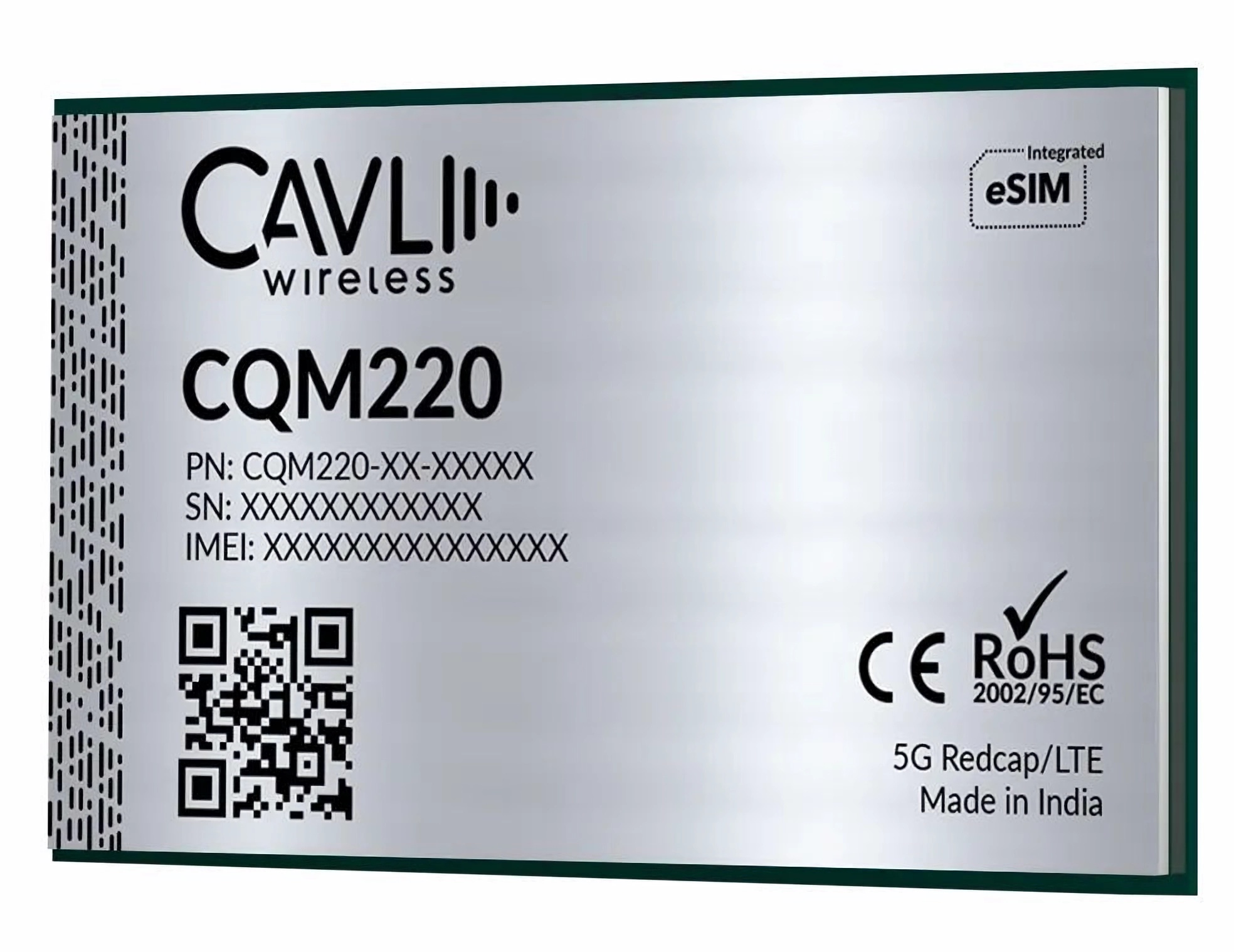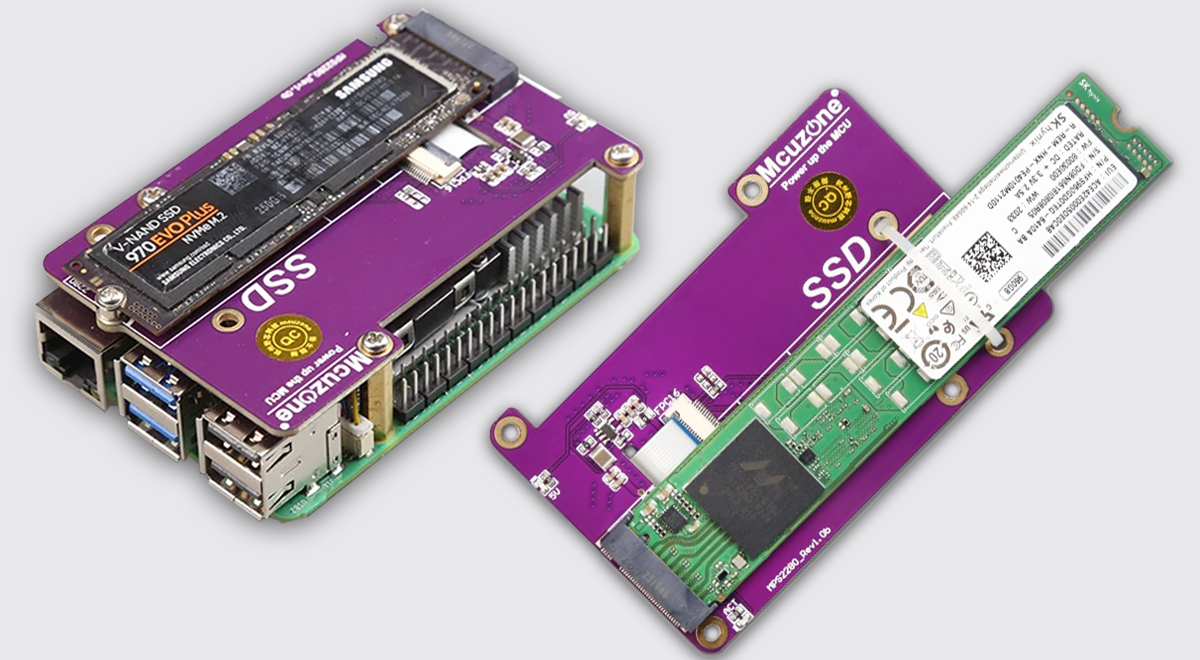Waveshare Pi5 Module BOX is a multi-functional mini-computer kit designed for the Raspberry Pi 5. The housing of this kit is made from aluminum alloy and Waveshare lists three variants of this kit, the first one is the Pi5 Module BOX-A (PCIe to Gigabit Ethernet), Pi5 Module BOX-B (PCIe to 4-ch USB3.2 Gen1), and Pi5 Module BOX-C (PCIe to M.2 interface). The kit looks very similar to the Waveshare Jetson Nano-powered mini-computer or the ODYSSEY-X86J4105 SBC with a case that we have reviewed previously, there was also this metal enclosure for the Raspberry Pi Compute Module 4 that we have written about, feel free to check that out if you are interested in some similar products. Waveshare Pi5 Module BOX specifications Compatibility – Designed for Raspberry Pi 5 (not included) Case Material – Aluminum alloy PCIe Adapter Board Options: Pi5 Module BOX-A – PCIe to Gigabit Ethernet port Pi5 Module BOX-B […]
Cervoz unveils tiny M.2 2230 2.5GbE PCIe expansion card
Cervoz MEC-LAN-2631i is a tiny, industrial-grade M.2 2230 (A+E key) PCIe Ethernet expansion card adding 2.5GbE networking to any system with a spare M.2 socket with a PCIe x1 interface. The card could be useful in case you want to add an extra 2.5GbE port, or for a system that lacks wired networking. It’s based on the Intel I226-IT 2.5Gbps Ethernet controller and can operate in the -40°C to 85°C temperature range as an industrial-grade module. Cervoz MEC-LAN-2631i specifications: Host interface – M.2 edge connector with PCIe 2.1 x1 up to 5.0/2.5GT/s Network – 10/100/1000/2500Mbps isolated interface based on an Intel I226-IT controller with an RJ45 port on a separate module Power Consumption – 350mA @ 3.3V Safety – Surge protection up to 2kV Dimensions – 30 x 22 mm; M.2 2230 (A+E key) form factor Temperature Range – Operating: -40°C to 85°C; storage: -40°C to 125°C Mounting – Cervoz’s […]
ODROID-H3/H4 x86 SBCs get M.2 PCIe Gen 3 x4 expansion cards with two or four M.2 sockets
ODROID-H3 and ODROID-H4 x86 single board computers have gotten two affordable M.2 expansion cards with the M.2 2×2 card adding two PCIe Gen 3 x2 slots and the M.2 4×1 adding four PCIe Gen 3 x1 slots (ODROID-H4 only) to the Intel SBCs. We’ve seen plenty of PCIe HAT+ boards for the Raspberry Pi 5 since the launch of the Arm SBC last year, but it’s limited by its PCIe Gen2/Gen3 x1 interfaces, and Hardkernel now provides two new M.2 cards leveraging the M.2 PCIe Gen3 x4 socket of the ODROID-H3/H4 family allowing users to add up to four M.2 PCIe modules for storage, wired or wireless connectivity, and/or AI acceleration. M.2 2×2 card for ODROID-H3 and H4 series The M.2 2×2 card also named “M.2 – NVME” adds two M.2 Key-M PCIe sockets for 2280 size modules with each having a PCIe 3.0 x2 interface supporting up to 16GT/s. […]
conga-SMX95 NXP i.MX 9596 SMARC 2.1 SoM supports M.2 1216 WiFi 6 and Bluetooth 5.3 modules
We had already written about NXP i.MX 95 SMARC 2.1 system-on-modules from ADLINK, iWave Systems, Avnet, and Advantech, but congatec has now launched its own with the conga-SMX95 featuring the NXP i.MX 9596 hexa-core Arm Cortex-A55 AI processor and up to 16GB LPDDR5 memory. The conga-SMX95 also comes with up to 256GB flash, is available on both commercial and industrial temperature grade variants, and exposes most of the same interfaces as competing products. What might be different is that the conga-SMX95 is offered with an optional M.2 1216 WiFi 6 and Bluetooth 5.3 wireless module. We’ve seen M.2 1216 wireless modules before, and they don’t use any M.2 socket but are LGA packages that need to be soldered to the target board/module. conga-SMX95 specifications: SoC – NXP i.MX 9596 CPU Up to 6x Arm Cortex-A55 application cores clocked at 1.8 GHz (industrial) or 2.0 GHz (commercial) with 32K I-cache and […]
N-Fuse PoE HAT for the Raspberry Pi 5 also includes mini PCIe or M.2 Key-M/E/B sockets
N-Fuse has designed a PoE HAT for the Raspberry Pi 5 SBC that also serves as a PCIe expansion board thanks to either a mini PCIe socket or an M.2 Key-M, Key-B, or Key-E socket supporting 2230, 2242, or 3042 modules such as SSDs, AI accelerators, or wireless modules. The SBCPoE RPi5 HAT complies with the latest 802.3bt standard delivering up to 25W with active cooling or 15W with passive cooling. The HAT board still allows users to make use of the 40-pin Raspberry Pi 5 header thanks to a 40-pin Raspberry Pi interposition header. SBCPoE RPi5 HAT specifications: Power Supply IEEE 802.3af/at/bt compliant Overload protection 25W power delivery with active cooling, 15W without active cooling Output current up to 5A 5V output via optional 2.54mm pin header High efficiency (> 85%) enabled by active MOSFET bridge rectifier Short-Circuit Duration – infinity PCIe expansion (one or the other) Mini PCIe […]
Raspberry Pi at Embedded World 2024: AI camera, M.2 HAT+ M Key board, and 15.6-inch monitor
While Raspberry Pi has not officially announced anything new for Embedded World 2024 so far, the company is currently showcasing some new products there including an AI camera with a Raspberry Pi Zero 2 W and a Sony IMX500 AI sensor, the long-awaited M.2 HAT+ M Key board, and a 15.6-inch monitor. Raspberry Pi AI camera Raspberry Pi AI Camera kit content and basic specs: SBC – Raspberry Pi Zero 2 W with Broadcom BCM2710A1 quad-core Arm Cortex-A53 @ 1GHz (overclockable to 1.2 GHz), 512MB LPDDR2 AI Camera Sony IMX500 intelligent vision sensor 76-degree field of view Manually adjustable focus 20cm cables The kit comes preloaded with MobileNet machine vision model but users can also import custom TensorFlow models. This new kit is not really a surprise as we mentioned Sony and Raspberry Pi worked on exactly this when we covered the Sony IMX500 sensor. I got the information from […]
Cavli’s CQM220 5G RedCap module is available in LGA, M.2, and mPCIe form factors
At Embedded World 2024, leading cellular IoT module manufacturer, Cavli Wireless, is set to shine the spotlight on their latest product offering, the CQM220 cellular IoT module with support for the 5G RedCap (reduced capability) standard introduced in 3GPP Release 17. The module is available in three different form factors: LGA, M.2, and mPCIe Gen 2. It offers a maximum network speed of 226 megabits per second (Mbps) for downlink communication and 121 megabits per second for uplink communication. Similar to the Cavli C16QS module, it can support an integrated eSIM for global coverage via the Calvi Hubble cloud platform and comes with an optional GNSS (Global navigation satellite system) for tracking applications. Cavli CQM220 specifications: Processor – ARM Cortex-A7 @ up to 1.7 GHz Memory / Storage 256 MB RAM 256 MB flash Radio Radio Access Technology: 5G RedCap 3GPP Release: 17 Fallback: 4G LTE Cat 4 Network Speed […]
Mcuzone MPS2280 M.2 NVMe HAT for Raspberry Pi 5 takes an up to 22110 Gen3 SSD drive
The Mcuzone MPS2280 M.2 NVMe HAT is another PCIe to NVMe adapter board built for the Raspberry Pi 5. What sets it apart from other boards is that it supports 2280 SSDs and offers the option to Jerry-rigg a 22110 SSD with zip ties. Previously we have covered many PCIe to NVMe expansion boards such as Pimoroni NVMe Base, Geekworm X1003 PCIe to NVMe SSD adapter, and PineBerry Pi’s HatDrive, so feel free to check those out if interested. Mcuzone MPS2280 M.2 NVMe HAT specifications: PCIe Support – Compatible with PCIe x1 interface, offering Gen2 and Gen3 modes. SSD compatibility – Supports M.2 M-key interface with 2280, 2242, and 2230 size SSDs, and offers the option to Jerry-rigg a 22110 SSD with zip ties. SSD booting – Enables booting from an NVMe SSD, with options for storage expansion. Alternatively, the system can boot from TF while using the SSD for […]


